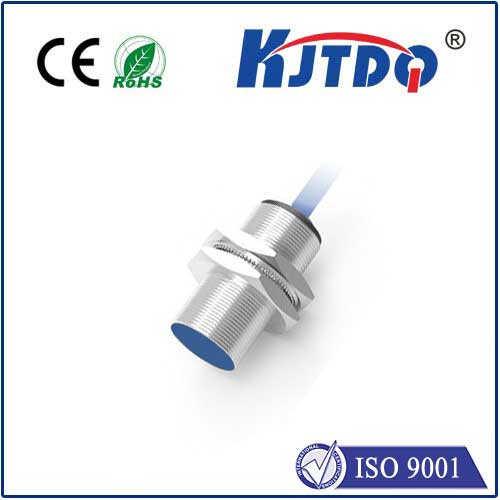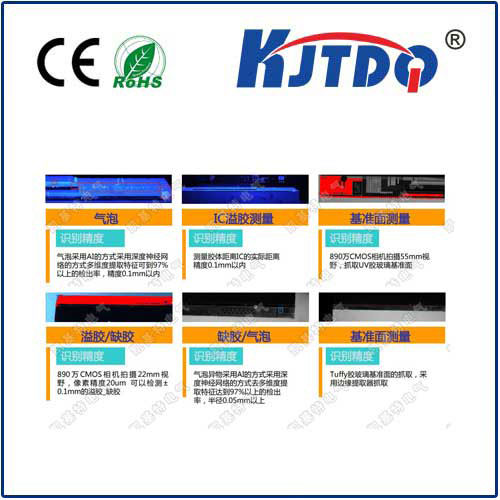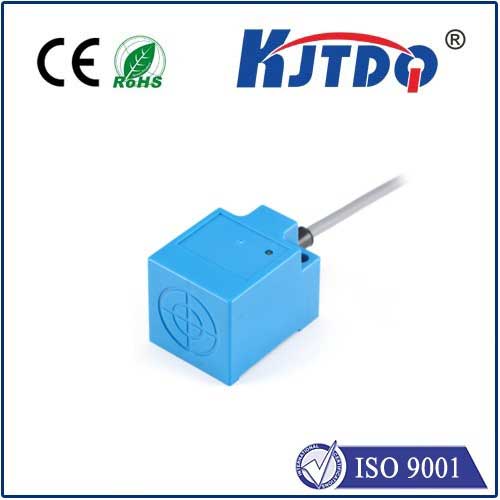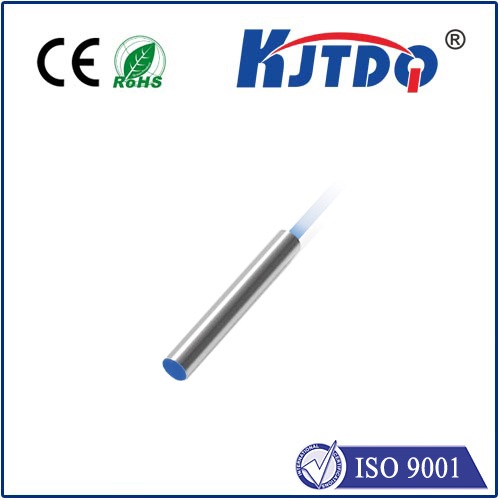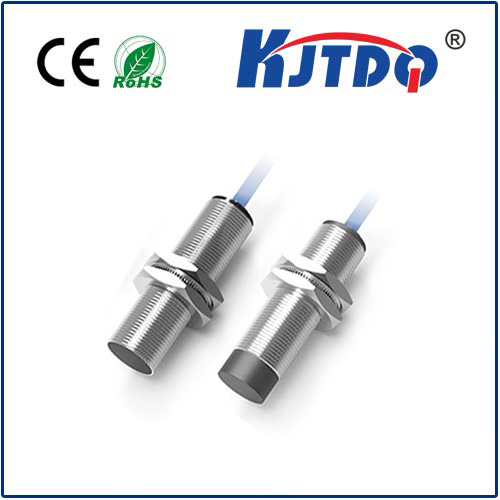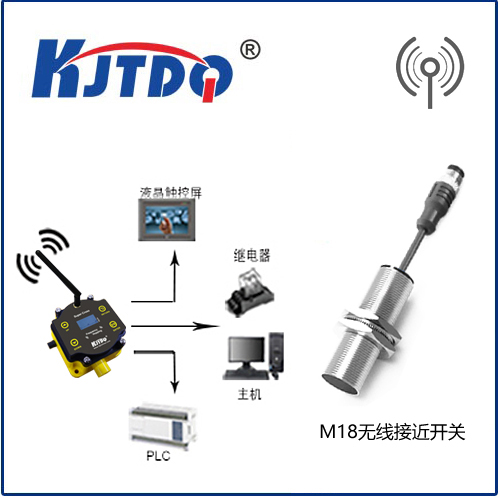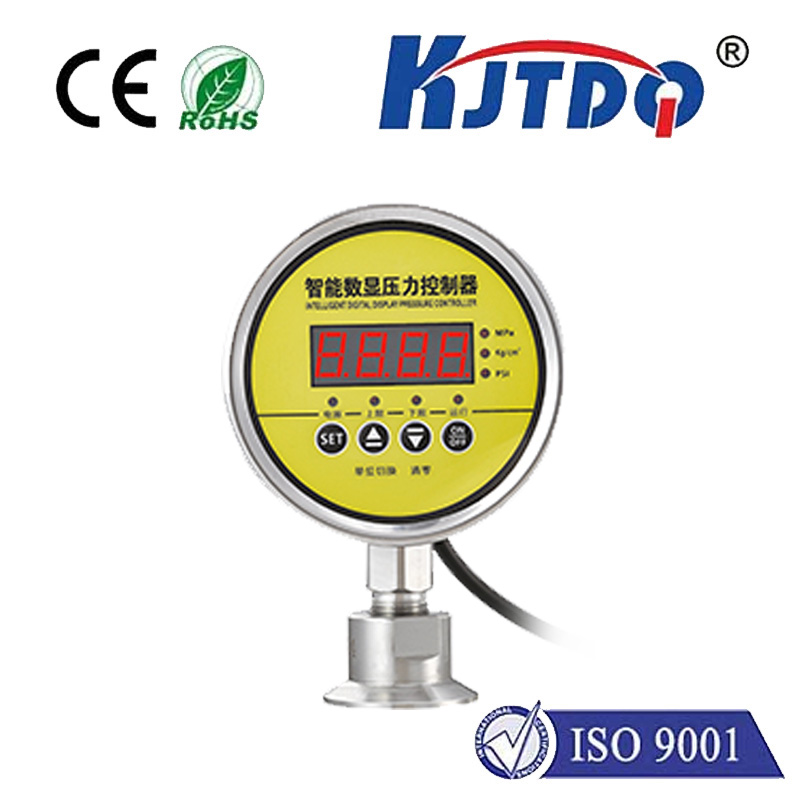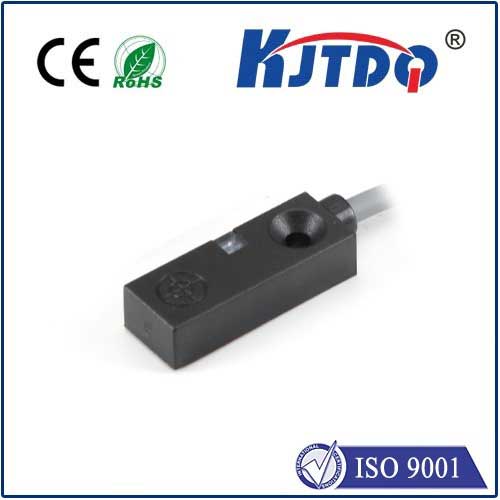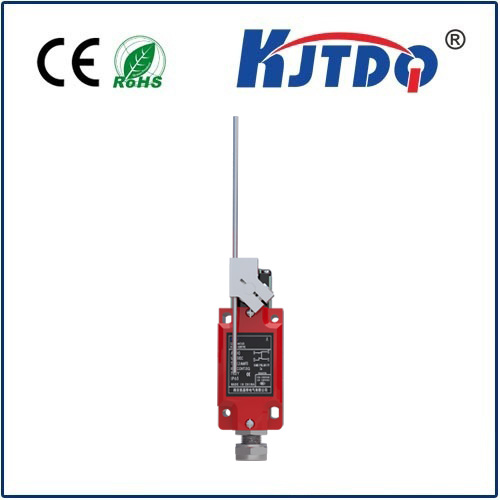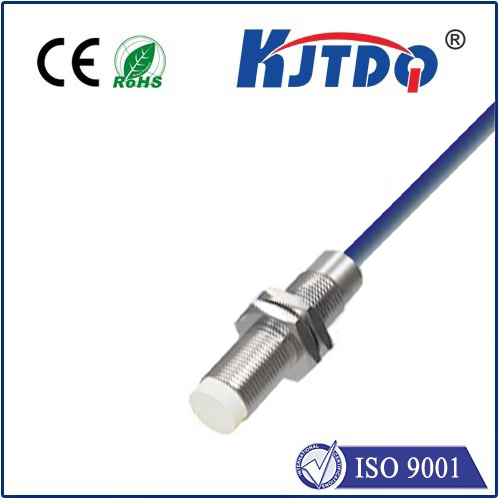
check

check

check

check
Title: Understanding Ramps, Endstops, and Limit Switches in Robotics
Introduction to Robotics Components
Robotic systems have become increasingly sophisticated, allowing them to perform a wide range of tasks in various industries. At the heart of many robotic systems are three essential components: ramps, endstops, and limit switches. In this article, we will explore each of these components and their roles in creating functional and efficient robots.
Understanding Ramps (Ramps)
Ramps are linear motion paths that allow robots to move smoothly across inclines or declines. They are essential for robots that need to navigate through different terrain types or change direction without disrupting the flow of the program. Ramps can be made from various materials such as plastic, metal, or wood, and their shapes can vary depending on their purpose. Some common types of ramps include linear ramps, trundle ramps, and spiral ramps.
Types of Ramps
1. Linear Ramps: These are simple ramps that allow robots to move linearly across an incline or decline. They are ideal for robots that need to navigate short distances with minimal disruption to the program.

2. Trundle Ramp: A trundle ramp is similar to a linear ramp but has wheels or rollers at the bottom to support the weight of the robot as it moves along the ramp. This allows for smoother and more controlled movement, especially when navigating rough terrain.
3. Spiral Ramp: A spiral ramp is a complex design that allows robots to move in a circular or elliptical path. These ramps are often used in applications where the robot needs to navigate through tight spaces or around obstacles.
Endstops (End Stops)
Endstops are mechanical stops placed at the ends of a linear path to prevent a robot from moving past a designated point. They are crucial for ensuring accurate positioning and preventing errors during programming. Endstops can be made from a variety of materials such as metal, plastic, or even wood, and they are typically mounted on either side of a linear path.
Types of Endstops
1. Linear Endstops: As their name suggests, linear endstops are used in linear paths. They are designed to stop a robot from moving beyond a set position, ensuring precise positioning of the robot's end effector.
2. Rotational Endstops: Rotational endstops are used in robotic systems that require continuous rotation, such as 3D printers or CNC machines. They are typically made of metal and provide precise feedback on the robot's rotation within a specific range.
Limit Switches (Limit Switches)
Limit switches are electromechanical devices that detect when a robot's movement has exceeded a predetermined limit. They are commonly used in industrial robots to ensure safe and reliable operation. When a limit switch is triggered, it sends a signal to the robot's control system, causing it to stop or change direction immediately.
Component Role in Robot Operation
Each component plays a unique role in ensuring the functionality and efficiency of a robotic system. Ramps provide smooth and controlled movement, while endstops ensure precise positioning and positioning within specific ranges. Limit switches provide valuable safety features by detecting excessive movement and stopping the robot before damage occurs. By understanding the importance of each component, engineers can design effective robotic systems that meet specific requirements and achieve optimal performance.
Conclusion
In conclusion, understanding the role of ramps, endstops, and limit switches is crucial for designing functional and robust robotic systems. Each component serves a specific function
